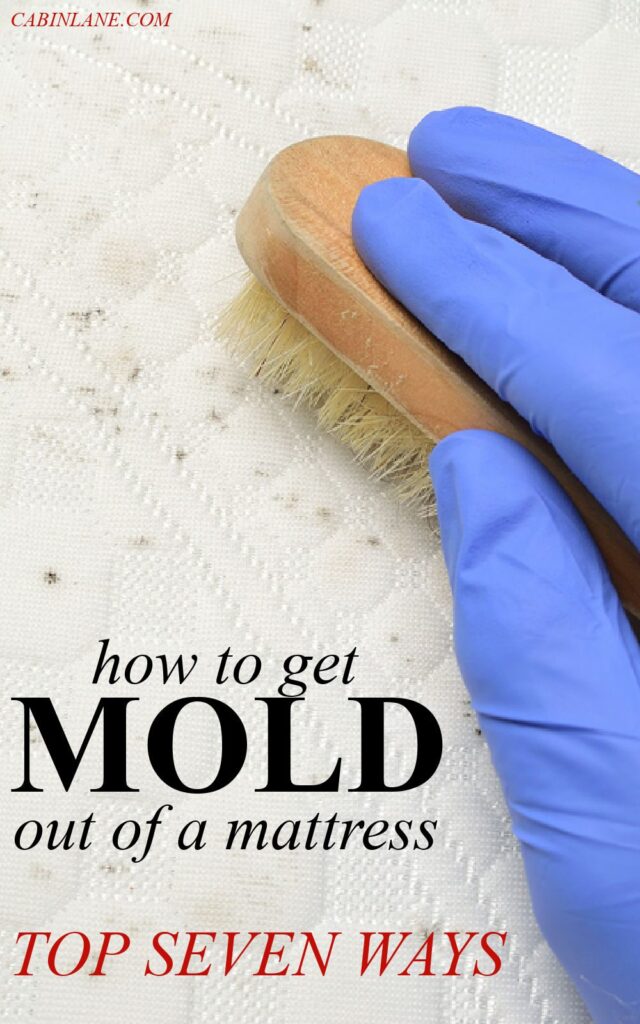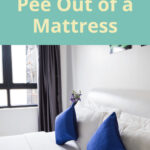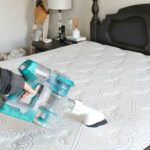Mold is a common problem in many households, and it can be especially difficult to get rid of when it has taken hold in your mattress. In this article, we’ll provide a step-by-step guide on how to get mold out of mattress to help you get your bedding back to its original condition. We’ll also look at prevention tips to help keep mold from coming back. With the right techniques, you’ll be able to keep your mattress clean and mold-free.
What Does Mold on a Mattress Look Like?

Mold on a mattress is often difficult to spot as it can grow in dark, damp and warm places, making it hard to detect. Early signs of mold can include discoloration, spots, or stains on the mattress surface. Mold can also appear as black, gray, white, or green patches, or fuzzy clusters of spots.
- Discoloration – You may notice a yellow, orange, or brown discoloration on the mattress surface.
- Spots – You can find small, circular spots on the mattress.
- Stains – Mold can also form dark and light stains on the mattress surface.
- Patches – Mold can appear as black, gray, white, or green patches on the mattress.
- Fuzzy clusters – You may also notice fuzzy clusters of spots on the mattress.
It’s important to inspect your mattress regularly for mold and take appropriate steps to remove it. If you don’t take action, the mold can spread and cause health issues.
How to Clean Mold Off a Mattress
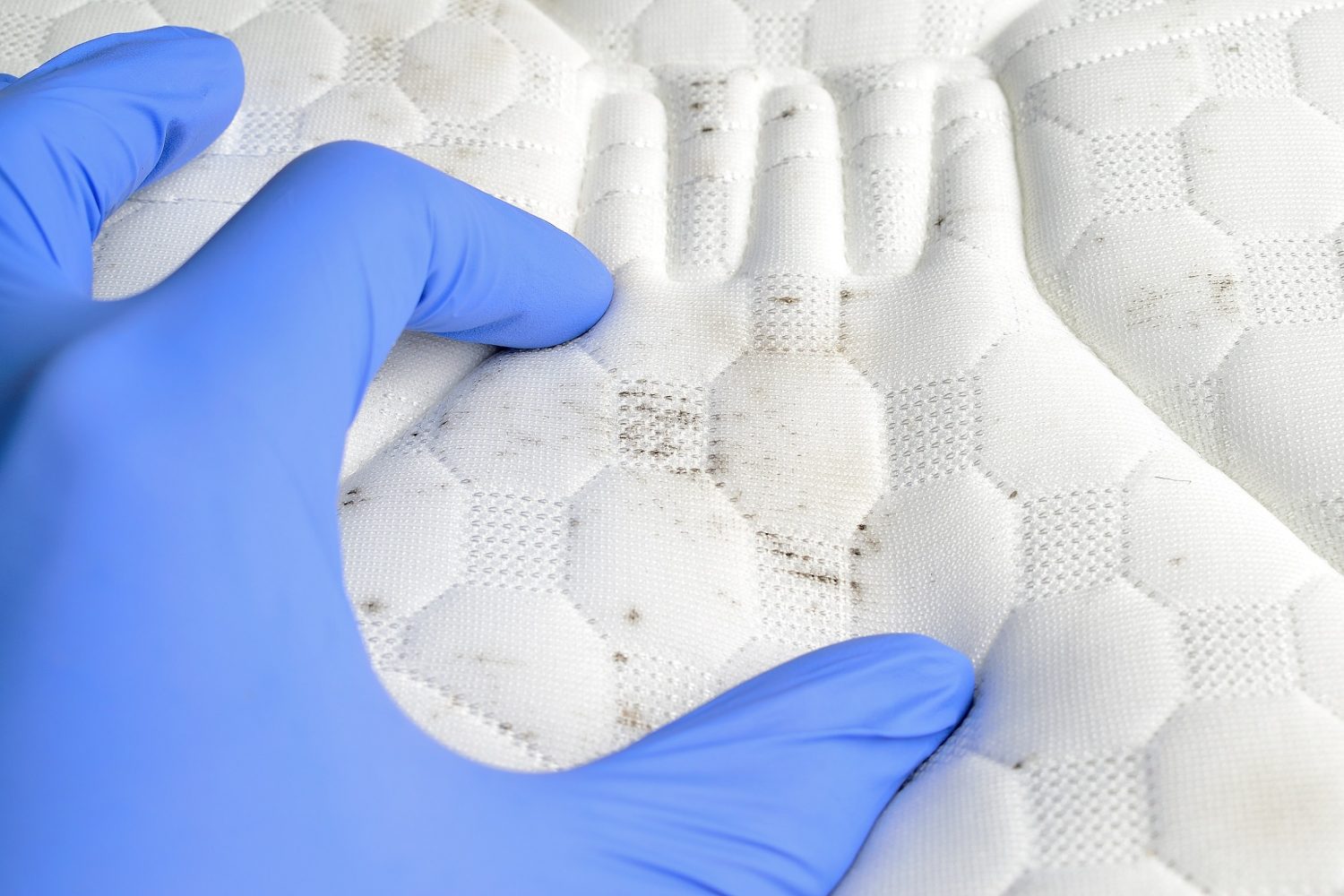
Mold on a mattress can be unsightly and unhealthy, so it’s important to get rid of it as soon as possible. Here are the steps you need to take to clean mold off a mattress:
| Step | Description |
|---|---|
| 1 | Vacuum the mattress: Using the vacuum’s upholstery attachment, vacuum the entire surface of the mattress to remove any loose particles of mold. |
| 2 | Mix a cleaning solution: Combine 1 teaspoon of dish-washing liquid with 1 cup of warm water. Mix it until sudsy. |
| 3 | Apply the cleaning solution: Dip a clean cloth in the solution, wring out the excess liquid and apply it to the moldy areas of the mattress. |
| 4 | Scrub the mattress: Using a scrub brush, scrub the affected areas to remove the mold. |
| 5 | Rinse the mattress: Dip a sponge in clean water, wring out the excess and wipe the mattress to remove the cleaning solution. |
| 6 | Dry the mattress: Place a fan near the mattress to speed up the drying process. |
Once the mattress is completely dry, the mold should be completely gone. If you still notice any moldy spots, repeat steps 1-6.
To prevent mold from returning, it’s important to keep your mattress clean and dry. Make sure to regularly vacuum the mattress and use mattress covers to keep it from getting too damp.
How to Get Rid of Mold on a Mattress
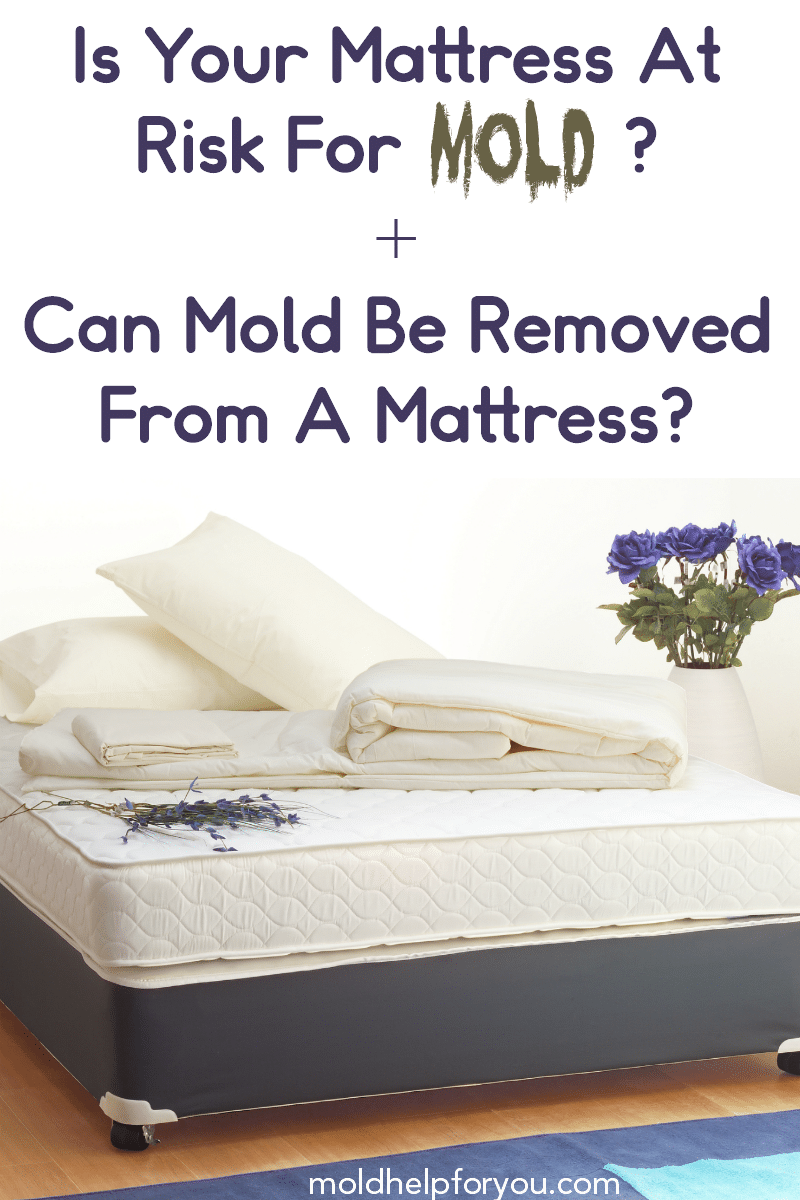
- Vacuum the mattress: The first step to getting rid of mold on a mattress is to vacuum it. Vacuuming helps to remove any loose debris, dust, and dirt that may be harboring mold spores. Make sure to use an attachment with a soft brush to gently remove any mold from the mattress fabric.
- Clean with soap and water: After you’ve vacuumed the mattress, you’ll need to use a mild soap and water solution to clean it. Use a soft cloth and work in a circular motion to ensure that all of the mold is removed. Rinse the mattress with warm water and let it air dry.
- Apply baking soda: To help absorb any lingering moisture and odors, sprinkle baking soda on the mattress. Let the baking soda sit for a few hours before vacuuming it up. This will help to remove any remaining mold spores.
- Use a dehumidifier: To prevent mold from returning, you should use a dehumidifier in the room where the mattress is located. This will help to reduce moisture levels in the air, which can help to prevent mold growth.
- Wash bedding regularly: Regularly washing sheets and other bedding can also help to reduce the chances of mold growth. Washing sheets in hot water and drying them on high heat can help to kill any mold spores that may be present.
- Keep the mattress dry: It’s important to keep the mattress dry to prevent mold from growing. If the mattress becomes wet, it should be dried as soon as possible. You can also use a mattress protector to help keep the mattress dry.
How to Remove Mold from a Memory Foam Mattress
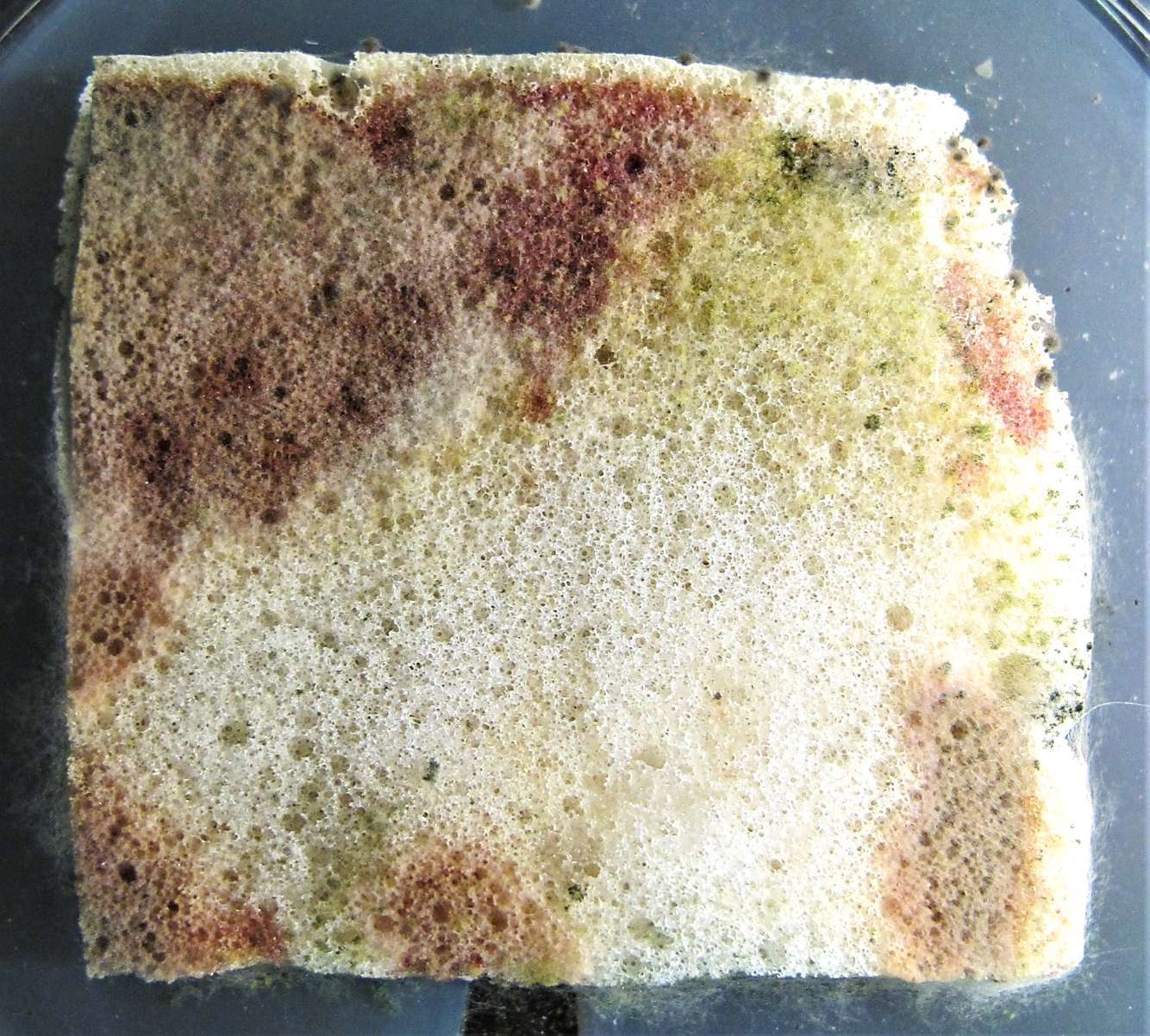
Step 1: Vacuum the mattress surface – Start by vacuuming the surface of the mattress to remove any debris and mold spores. Be sure to use a vacuum cleaner with a HEPA filter to ensure all mold spores are removed.
Step 2: Apply a mold-killing solution – Once the surface is vacuumed, apply a mold-killing solution to the affected areas. Any solution that contains bleach or hydrogen peroxide will work. Be sure to fully saturate the area with the solution and let it sit for 15 minutes.
Step 3: Wipe down the mattress – After the solution has sat, use a cloth or sponge to wipe down the area to remove any remaining mold and mold spores.
Step 4: Let the mattress air dry – Once you have wiped down the mattress, allow it to air dry completely before using it again. This may take several hours.
Step 5: Vacuum the mattress again – Once the mattress is completely dry, vacuum it one more time to remove any remaining mold spores.
Step 6: Deodorize the mattress – To remove any lingering musty odors, sprinkle baking soda over the mattress and let it sit for an hour. Vacuum the baking soda up after it has sat.
How to Kill Mold on a Mattress
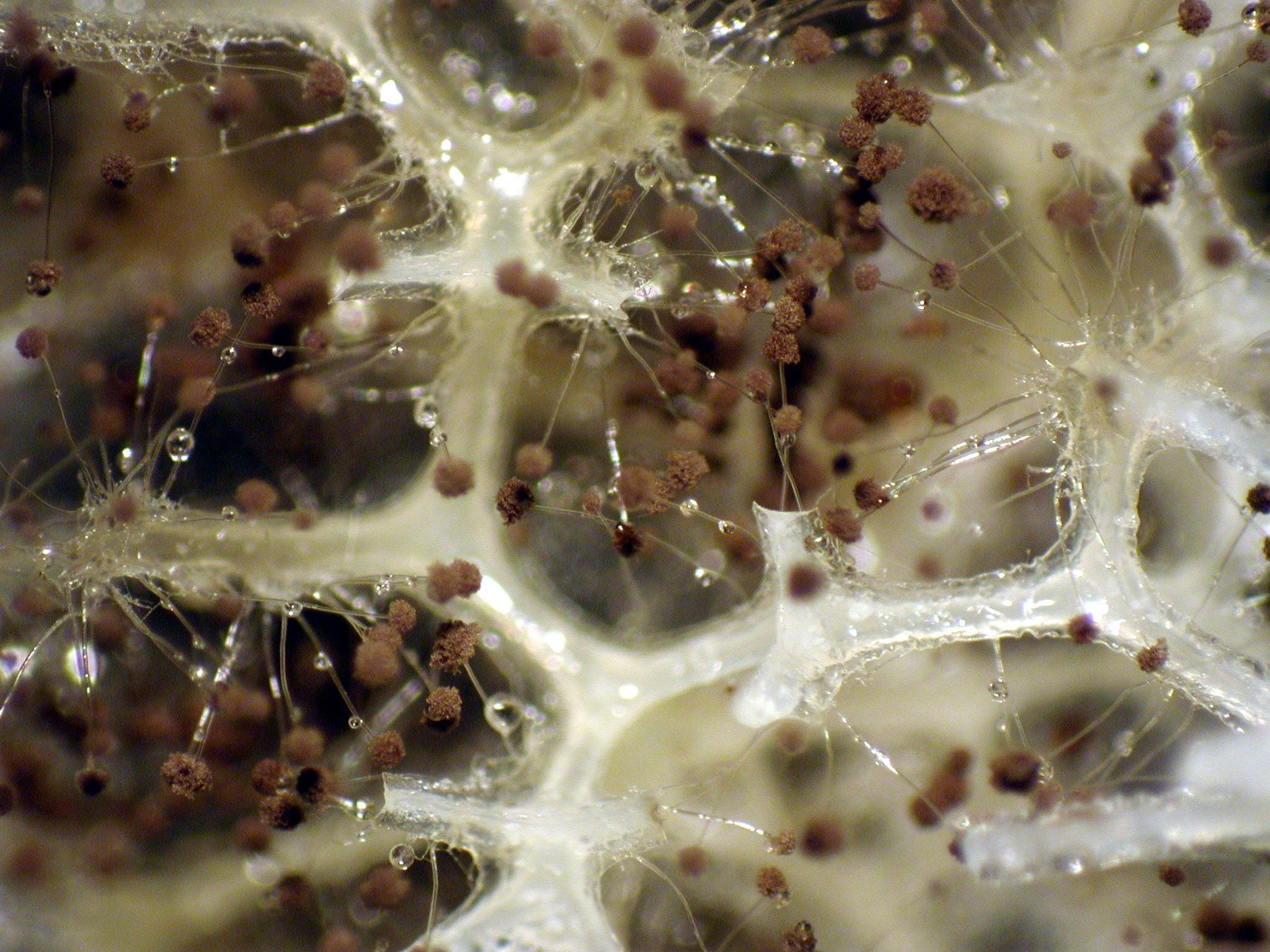
Step 1: Vacuum the mattress with a HEPA filter to remove any loose mold spores. Make sure to focus on seams, folds, and other areas where mold is more likely to accumulate.
Step 2: Create a cleaning solution by mixing two teaspoons of bleach to one quart of water.
Step 3: Dip a sponge or soft cloth into the cleaning solution and then scrub the affected area of the mattress.
Step 4: Rinse the mattress with clean water.
Step 5: Allow the mattress to air dry completely before using.
Step 6: Place the mattress in direct sunlight to further kill the mold.
Step 7: Consider using a mold-inhibiting mattress cover to help prevent future mold growth.
How to Get Mildew Out of a Mattress
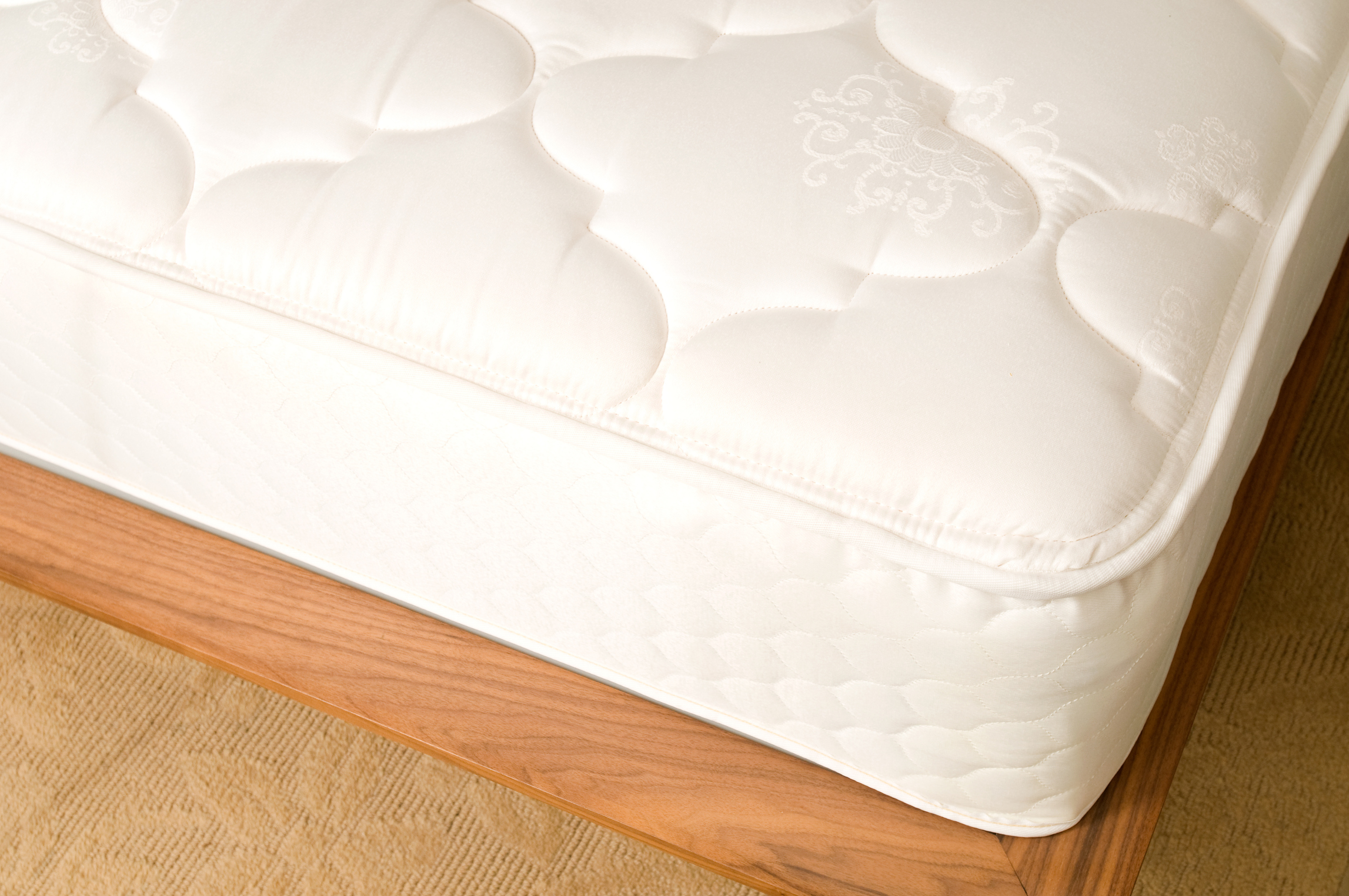
Step 1: Vacuum the mattress thoroughly. Use an upholstery nozzle attachment to get into all the corners and crevices of the mattress.
Step 2: Make a cleaning solution with 1 tbsp. of dish soap and 1/2 cup of baking soda.
Step 3: Mix 1/2 cup of white vinegar with 1 cup of warm water in a separate bowl.
Step 4: Pour the dish soap and baking soda solution onto the affected area and use a scrub brush to work it in.
Step 5: Rinse the area with the vinegar and water solution.
Step 6: Allow the mattress to air-dry completely.
Step 7: Vacuum the mattress again to remove any remaining baking soda.
Step 8: Place a dehumidifier in the room to help dry out the mattress and prevent future mildew growth.
How to Prevent Mold on a Memory Foam Mattress
- Keep the Bedroom Dry: The most important factor in preventing mold on a memory foam mattress is to keep the bedroom dry. Make sure to keep moisture levels low to prevent the formation of mold. Use a dehumidifier in the bedroom if necessary.
- Ventilate the Room: Good ventilation is essential for preventing mold growth on memory foam mattresses. Open windows and use fans to keep air circulating in the bedroom.
- Use a Mattress Protector: Invest in a protective cover for the mattress to prevent moisture and other substances from coming into contact with it.
- Wash Sheets Regularly: Washing sheets and blankets regularly will help to reduce the amount of moisture and dust in the bedroom, which can lead to mold growth on a memory foam mattress.
- Clean the Mattress: Regularly clean the mattress with a vacuum cleaner to remove dust and other particles that can cause mold to grow.
- Keep Pets Out of the Bedroom: Pets can bring in dirt, dust, and moisture that can lead to mold growth on a memory foam mattress.
By following these steps, you can effectively prevent mold from growing on your memory foam mattress.
Frequently Asked Questions
What Are the Health Risks Associated With Mold in a Mattress?
- Allergic reactions: Mold in mattresses can cause allergic reactions such as sneezing, wheezing, asthma attacks, and skin irritation.
- Respiratory problems: Prolonged exposure to mold can lead to respiratory illnesses such as bronchitis and pneumonia.
- Nasal and sinus congestion: Mold can also cause congestion in the nose and sinuses, leading to headaches and other discomfort.
- Eye irritation: Mold can irritate the eyes, causing redness, itching, and tearing.
What type of Cleaning Solution Should be Used to Remove Mold from a Mattress?
To remove mold from a mattress, use a mixture of equal parts white vinegar and water. Spray the solution onto the mold-affected area and let it sit for 30 minutes. Afterward, use a clean cloth to scrub away the mold. Be sure to wash the cloth when done. For tougher stains, use a brush to scrub the area. Afterward, wipe the area with a damp cloth.
Is it Possible to Prevent Mold from Growing in a Mattress?
Yes, it is possible to prevent mold growth in a mattress. To do so, keep your bedroom cool, dry, and well ventilated. Additionally, make sure your mattress is not exposed to moisture, such as from spilled drinks, sweating, or pets. Regularly clean and vacuum the mattress, and use a mattress protector to guard against spills and moisture. Lastly, use an antimicrobial spray or powder on the mattress to further inhibit mold growth.
How Long Does It Take For The Mattress To Dry After The Cleaning Process?
The drying time will depend on the cleaning method used. Airing out the mattress in a well-ventilated room should take around 1-3 days. If a steam cleaner was used, it may take up to 24 hours. If a liquid detergent was used, it should take 1-2 hours. Once the mattress is dry, it should be vacuumed to remove any remaining dust or dirt.
Can a Mattress be Saved if it is Severely Affected by Mold?
Yes, a mattress can be saved if it is severely affected by mold, though it depends on its condition. If the mold has penetrated deeply into the foam layers, it may not be possible to completely remove it. For a mild to moderate case of mold, however, a mattress can be saved by following some key steps: deep cleaning, drying, and deodorizing the mattress. Additionally, treating the mattress with an anti-fungal spray will help prevent further mold growth. Taking these steps can help restore a severely mold-affected mattress to a safe and healthy condition.
Conclusion
Removing mold from a mattress is possible with the right tools and techniques. It is important to use the right products to both clean and disinfect the mattress to ensure that all mold spores are eliminated. Following the steps outlined in this article will help you effectively get rid of mold from your mattress.
